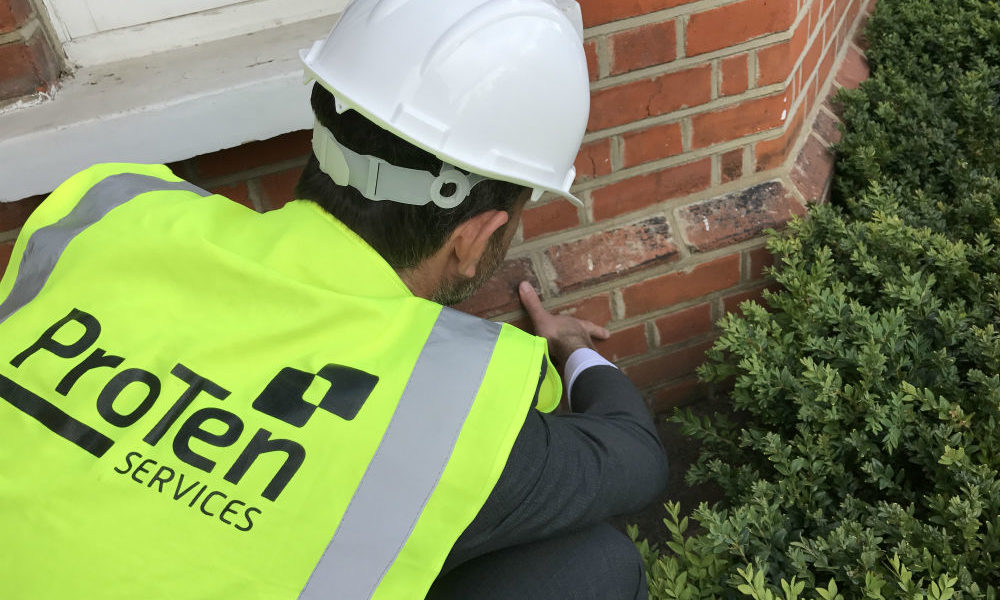Architecture
What Is Dry Rot And How To Cure It?

Identifying A Dry Rot Outbreak In Your Home
Save yourself some money by understanding the signs and causes of dry rot, so that you’re able to take action against this unpleasant domestic condition asap.
Dry rot is a distressing and expensive diagnosis to receive as a homeowner. The cost of repair will largely depend on the amount of timber that is affected – in situations where you need to replace the timber entirely, then it can hit the pocket hard. But worse still, dry rot can also pose a threat to your health, exacerbating respiratory conditions such as asthma and even causing hypersensitivity pneumonitis in some cases. Clearly, dry rot is not the type of household complaint that you can ignore. Read on to learn how to identify dry rot in your home, deal with it and ensure that it doesn’t return!
What Is Dry Rot?
Dry rot refers to a variety of fungi that destroys valuable parts of wood that would typically provide strength and structural integrity. There are several types of fungi that are capable of digesting parts of the wood, although in the UK, the type that is responsible is known as serpula lacrymans. When it eats away at the timber, the wood will turn brown and crumble away.
The Causes Of Dry Rot
Dry rot is directly related to moisture that is present within your home. Common sources of extra moisture might include unsealed window frames, damaged guttering, pipes that are leaking or cracks in your roof that allow rainwater to seep in. Dry rot only needs 20% moisture content within the air inside your home, whereas wet rot requires at least 50%.
Spores are constantly present in the air, but they remain inactive unless they combine with both moisture and timber. For example, if the airborne spores land on damp timber, then this is the perfect environment for dry rot to germinate and take hold. The next step is for strands known as hypae to form which will spread across the wood as mycelium, using it as a source of food from which to thrive. The final stage is for a fruit-shaped body to be created, which looks and smells like a mushroom. This will eventually burst and send out red spores which will begin the process once again.
Identification And Treatment
Unfortunately, dry rot is the type of problem that can often go unnoticed until it has really taken hold of your property. The early stages may take place on the floorboards beneath your carpets, in the loft or behind your plaster-work.
Knowing the signs is essential to keeping the treatment costs as low as possible.
A musty odour will be one of the first signs, but you should also look out for:
• rotten or damaged timber
• a settlement of spore dust
• strands resembling cobwebs spread across the wood
• cottonwool-like cushions close to wood
• fruiting bodies that look like mushrooms
If you notice any of these signs, then it’s time to call in the experts. You may need to pay for a one-off dry rot survey, following which you’ll receive a plan to eradicate the dry rot professionally. There will be a focus on eliminating entry points for water or moisture, replacing the rotten wood, and treating the new wood and surrounding areas with strong, commercial fungicide sprays or pastes depending on the recommendation.
Dry rot is a highly unpleasant domestic problem, but it will cost you much less if you’re able to discover the problem and act on it early. Be aware of the signs, have a thorough check of any dark or damp areas of your house and take immediate action where required.